Get expert tips on how to prepare for law entrance exams 2026, including CLAT, AILET, SLAT, and others. Learn subject-wise strategies, book recommendations, and revision plans.
Table of Contents
- Overview of Major Law Exams
- How to Select Stream & Eligibility Criteria for Law Entrance Exams 2026
- Tips to Prepare for Law Entrance Exams 2026?
- Subject-wise Preparation Tips for Law Entrance Exams 2026
- Best Books and Resources for Law Entrance Exams 2026
- Revision Strategy Before Law Entrance Exams 2026
- Common Mistakes to Avoid while Preparing for Law Entrance Exams 2026
The preparation for law entrance exams in 2026 requires students to develop proper planning and strong subject understanding, along with daily practice. Exams like CLAT, AILET, SLAT, and LSAT-India test candidates on subjects such as Legal Reasoning, Logical Reasoning, General Knowledge, English, and Quantitative Aptitude.
Students must begin their preparation for law entrance exams in 2026 during the first year because seats in prestigious national law universities are limited while competition continues to rise. They need organized study plans along with dependable study materials.
This article provides a comprehensive guide on how to prepare for law entrance exams 2026 while providing subject-specific advice and recommendations along with study strategies.
Overview of Major Law Exams
Multiple entrance exams exist every year at both national and university levels for admission into undergraduate and postgraduate law degrees throughout India. These tests run under different rules as they possess distinctive eligibility criteria and study programs.
Students understand their preparation strategy more effectively when they identify the different exams. The written exams evaluate candidates through subject areas including Legal Reasoning as well as Logical Reasoning, together with English competency while also testing knowledge of Current Affairs and Elementary Math.
Awareness about the specific organization and main content of these exams enables applicants to direct their study efforts effectively. The following table includes the major law exams available in India.
| Exam Name | Conducting Body | Courses Offered | Mode of Exam | Duration | Exam Level |
| CLAT (Common Law Admission Test) | Consortium of NLUs | 5-year LLB & LLM | Offline (Pen & Paper) | 2 Hours | National |
| AILET (All India Law Entrance Test) | National Law University, Delhi | 5-year LLB & LLM | Offline | 1.5 Hours | National |
| LSAT—India (Law School Admission Test) | Pearson VUE (on behalf of LSAC India) | 5-year LLB, 3-year LLB & LLM | Online (Remote Proctored) | 2 Hours 20 Minutes | National |
| SLAT (Symbiosis Law Admission Test) | Symbiosis International University | 5-year Integrated Law Courses | Online | 1 Hour | University-Level |
| MH CET Law | Maharashtra State CET Cell | 3-year & 5-year LLB | Online | 2 Hours | State-Level |
| CUET (UG) – Law | National Testing Agency (NTA) | 5-year Law Courses in Central Universities | Online | Varies | National |
1. CLAT
The CLAT admission test serves as the leading law entrance examination in India to obtain admission into 5-year integrated LLB and LLM programs across 24 National Law Universities. Each section of the exam includes testing candidates on English, Legal Reasoning, Logical Reasoning, Current Affairs and Quantitative Techniques.
The examination occurs just once every year through traditional pen-and-paper testing.
2. AILET
The entrance exam known as AILET functions under the management of National Law University, Delhi. The entrance exam serves the specific purpose of granting entry into BA LLB and LLM programs at NLU Delhi.
The assessment stands as a difficult challenge that weighs English language and Logical Reasoning and Legal Aptitude sections most heavily. The offline format of this exam occurs once a year.
Also Read: Top 10 CLAT Colleges in India
3. LSAT—India
The examination body, LSAC Global, authorizes Pearson VUE to manage LSAT—India test operations. The entrance examination provides acceptance for admission to various Jindal Global Law School and UPES, and other private law colleges.
The LSAT—India exam assesses candidates based on Logical Reasoning, Reading Comprehension and Analytical Reasoning at its core. The LSAT India operates through remote proctoring during its online procedure.
4. SLAT
Indian students can access the SLAT examination through Symbiosis International University to secure admission at its four law institutions throughout the country. Maximum enrollment occurs for students applying to five-year integrated law degree programs.
The examination contains four sections which include Logical Reasoning, Legal Reasoning and Reading Comprehension with General Knowledge questions.
5. MH CET Law
The State Common Entrance Test Cell, Maharashtra runs MH CET Law as a testing program. The examination functions as separate tests for 3-year and 5-year LLB programs and it accepts applicants from Maharashtra and candidates from states other than Maharashtra.
The assessment includes questions about Legal Aptitude as well as General Knowledge and Logical Reasoning and English in its sections.
6. CUET UG – Law
The National Testing Agency (NTA) administers CUET for central university enrollment to undergraduate programs that include law at BHU and Allahabad University and other institutions.
Students will encounter different examinations based on law in their specific paper that combines Legal Studies together with English, General Test and Logical Reasoning in the particular combination required by their college.
Also Read: Difference Between CLAT and AILET
How to Select Stream & Eligibility Criteria for Law Entrance Exams 2026
The initial foundation for law entrance exam preparation starts by making the correct subject selection according to academic stream guidelines along with adhering to eligibility criteria.
Students from Science as well as students from Commerce and those studying Humanities can pursue law as their profession.
1. Which Stream is Best for Law?
Students seeking admission into law entrance exams can freely select their Class 11 and 12 stream since there is no needed stream requirement during the entry tests. However,
The Legal Reasoning, together with the General Knowledge sections, shows better performance to Humanities students since their educational background covers these areas. Students who study commerce possess natural aptitude in Logical Reasoning and Quantitative Aptitude subjects.
The analytical capability, along with problem-solving abilities developed among Science students, enables them to excel at Logical Reasoning. Select your stream according to your skills and genuine interests instead of following others when pursuing law studies.
2. Eligibility Criteria for 5-Year Integrated LLB Courses
- You must currently be in Class 12 of 2026 or have already graduated from it.
- Minimum Marks:
- General/OBC: 45% (varies by exam)
- SC/ST: 40% (varies by exam)
- The entry criteria do not include any age restrictions for CLAT, AILET, SLAT, LSAT—India and most legal admissions examinations.
3. Eligibility Criteria for 3-Year LLB Course
- Graduation from an authorised university satisfies admission requirements, together with the option for final-year students to submit their applications.
- Minimum Marks: Usually 45% for General and 40% for SC/ST candidates.
- The majority of exams do not impose any age restrictions for applicant eligibility.
Also Read: AILET Vs LSAT India
Tips to Prepare for Law Entrance Exams 2026?
Success in law entrance exams depends on developing a strategic approach, along with daily practice combined with sharp comprehension of the curriculum. The following tips will help students aiming to take CLAT, AILET and LSAT India, and other examinations:
1. Understand Exam Pattern and Syllabus- Study both the format of the exam and the courses that will be tested. Check the official course pattern and content of the targeted exams before your preparation starts. Focus on sections like English Language, Current Affairs including General Knowledge, Legal Reasoning, Logical Reasoning, and Quantitative Techniques (Basic Maths).
2. Read Newspapers Daily- The test sections of Current Affairs and Reading Comprehension have high weightage in the exams including CLAT and AILET. Daily consumption of news from The Hindu as well as Indian Express helps students develop better vocabulary skills and enables them to stay informed about recent events.
3. Practice Legal Reasoning Regularly- The specific method for legal reasoning exists only in law examinations. Work with past year exam questions as well as hypothetical case problems. Learn the legal principles while developing your capacity to use them in a logical way.
4. Work on Time Management- Law entrance exams are time-bound. Consistent completion of mock tests will enhance both your test speed and accuracy levels. Test-takers should develop the ability to answer extensive questions, together with careful time distribution management.
5. Use Quality Study Material- Trusted academic sources should be your main study materials, while you should limit the number of books you use. Refer to standard guides like Universal’s Guide to CLAT, Legal Edge Study Material and Pearson’s Guide to CLAT.
6. Practice Mock-tests- You should complete mock tests while conducting thorough self-analysis afterwards. Attempt full-length mock tests weekly. Every test needs a performance analysis according to these steps- Identify weak sections, Review incorrect answers and Learn time-saving tricks.
7. Make a Revision Plan- Devote your final month only to revision before the exam date. You must routinely review the short notes together with legal principles and GK facts alongside vocabulary definitions.
Also Read: Top Law Universities In India
Subject-wise Preparation Tips for Law Entrance Exams 2026
Various sections throughout law entrance examinations evaluate distinctive abilities in the candidates. A successful performance requires you to plan your approach for every part of the curriculum. This detailed guide provides instructions for preparing different subjects as follows:
1. English Language
- Reading comprehension receives assessment in this section, together with instruction of grammar and vocabulary, along with sentence correction tests.
- Student preparation should prioritise reading texts alongside work with synonyms and antonyms, along with sentences in different order,s and study of idioms and error detection.
- Students should read newspaper editorials and opinion pieces available in The Hindu as well as The Indian Express publications.
- Devote daily time to memorize 5–10 new words and perform consistent practice sessions of revision.
- Students should study Word Power Made Easy in combination with Objective General English by S.P. Bakshi.
2. Current Affairs and General Knowledge
- The section carries significant weight in evaluating test-takers and yields good scores to those who prepare it adequately.
- An applicant should concentrate on national and international events alongside awards announcements and government initiatives, as well as legal stories, together with Supreme Court decisions.
- Each day, read the news in newspapers alongside reading one magazine that focuses on current affairs.
- Each day, watch current affairs videos from reliable YouTube channels.
- Create GK notes from month to month for effective revision throughout the period.
- Students must refer to GK materials from Lucent GK together with GK Today's website content and Drishti Current Affairs.
Also Read: CLAT vs AILET
3. Legal Reasoning
- The main segment of legal entrance tests demands continuous practice due to its importance in the overall assessment.
- The key elements for preparation include understanding law principles and facts together with logical application and legal maxims as well as questions that require case analysis.
- Candidates must understand fundamental legal terminology as well as fundamental constitutional rights.
- Practice questions from previous years.
- Study important court decisions combined with legal news articles.
- Students should use the textbooks Legal Awareness and Legal Aptitude by AP Bhardwaj as preparation guides.
4. Logical Reasoning
- Analytical thinking alongside critical thinking skills is evaluated through this section.
- Your main preparation focus should include Blood relations, puzzles, seating arrangement, number series, coding-decoding and logical conclusions.
- Practice 15–20 questions daily.
- The solution to improve speed while playing puzzles and completing reasoning sets will boost your results.
- Students should use Analytical Reasoning by M.K. Pandey together with A Modern Approach to Logical Reasoning by R.S. Aggarwal as study materials.
5. Quantitative Techniques (Maths)
- The Quantitative Techniques section contains basic math from all classes between 6–10.
- The tested areas consist of percentages together with profit & and loss, averages and ratio & proportions and speed & distance followed by data interpretation.
- Revise the NCERT classes 8 to 10 math.
- Solve 10 math questions daily.
- Students should concentrate their efforts on memorizing concise techniques and mathematical formulas.
- Students must refer to the Quantitative Aptitude book written by R.S. Aggarwal.
Also Read: LLB vs LLM
Best Books and Resources for Law Entrance Exams 2026
Selecting proper textbooks together with study resources remains the primary step for preparing to take CLAT, AILET, SLAT, LSAT—India and additional exams in 2026. Students face confusion due to numerous available study resources which make it difficult to identify their main studies.
You can find the most dependable resources for learning each subject through this section, therefore you can both establish fundamental knowledge and foster your analytical skills and maintain recent news understanding.
The following table provides the list of books and resources to help you prepare for law entrance exams 2026.
| Subject | Recommended Books/Resources |
| English Language | Word Power Made Easy by Norman Lewis, Objective General English by S.P. Bakshi |
| Current Affairs & GK | Lucent's General Knowledge, Daily newspaper: The Hindu / The Indian Express, Monthly magazines: Pratiyogita Darpan, GK Today Digest |
| Legal Reasoning | Legal Awareness and Legal Aptitude by AP Bhardwaj, Universal’s Guide to CLAT & LL.B. |
| Logical Reasoning | Analytical Reasoning by M.K. Pandey, A Modern Approach to Logical Reasoning by R.S. Aggarwal |
| Quantitative Techniques | Quantitative Aptitude for Competitive Examinations by R.S. Aggarwal, NCERT Maths (Class 8–10) |
| Mock Tests & Previous Year Papers | CLAT/AILET Previous Year Question Papers, Online mock tests from platforms like LegalEdge, Career Launcher, TestZone |
| Online Platforms | YouTube channels: LegalEdge, StudyIQ, Unacademy Law, Websites: GK Today, Drishti IAS (for current affairs) |
Also Read: How to Crack AILET?
Revision Strategy Before Law Entrance Exams 2026
Revision stands as the fundamental period in your preparation for law entrance examinations. Well-planned revision techniques help students maintain important concepts as well as prevent errors while increasing their self-assurance ahead of an examination.
1. Start Revision Early- Your revision for the entrance exam should start thirty days before the actual test date. Devote your focused review activities to the examination one month in advance. This way you will have enough preparation time to cover all subjects through focused review.
2. Divide Time Subject-Wise- Devote certain days to study Legal Reasoning, GK, English, Logical Reasoning and Quantitative Techniques. Devote longer periods to study topics that create difficulty for you.
3. Focus on Weak Areas- Your result analysis from mock tests will reveal distinct subject areas where you need help. Repetition of your weak subjects, along with practice of their relevant questions, will boost your accuracy level.
4. Revise Current Affairs Daily- Current affairs play an essential part in CLAT and AILET, and SLAT entrance tests. Memorize key events which occurred during the previous 6–8 months, together with the most essential legal current events.
5. Use Flashcards and Short Notes- Make flashcards that contain legal terms and vocabulary in addition to current affairs content, or utilize already available flashcards. Take brief notes that you can easily use when doing last-minute revision.
6. Practice Mock Tests Regularly- You should take complete mock exams at least twice or thrice every three days, following each evaluation of your mistakes. Make an effort to raise your score point by point on each practice attempt.
7. Solve Previous Year Papers- Besides providing information about question patterns, students can understand exact difficulty levels by attempting actual examination papers. Solve the mock tests with an exam simulation during a time-limited session.
8. Avoid Learning New Topics- Every effort to learn fresh material during the final days of preparation will be counterproductive. Put your efforts into reviewing materials you already mastered.
Also Read: BA LLB vs BBA LLB
Common Mistakes to Avoid while Preparing for Law Entrance Exams 2026
The following details the common mistakes made by applicants when preparing for law entrance exams 2026.
1. Not following the Exam Pattern and Syllabus- Students who overlook the exam pattern and the curriculum contents face higher chances of failure. Ignoring the exam pattern and syllabus content results in poor organization of study materials. You must first understand the exam structure of CLAT or AILET, or SLAT before you start your preparation, and then concentrate on weighted sections first.
2. Not Staying Updated on Current Affairs- Disregarding updates in current affairs and legal awareness will affect your final results unfavorably. Multiple students avoid checking legal news highlights because they mistakenly think this content holds no value. The section becomes a scoring opportunity when you invest proper preparation into it. Review important events from daily news articles consistently.
3. Overdependence on One Resource- Relying on one source for every subject results in limited material acquisition. For complete exam preparation, students should use standard books along with mock tests coupled with online educational resources.
4. Not Practicing Mock Tests- Students who ignore performing Mock Tests together with Previous Year Papers make a mistake in their exam preparation. Certain students keep away from mock tests because they plan to complete them at some later time. This is a mistake. Performing practice questions from mock tests and previous year papers enables students to develop time control and learn the examination format.
5. Focusing Only on One Subject- Students usually dedicate longer study hours to topics they enjoy but this practice leads to a reduction of total exam score. Plan your study schedule evenly between Legal Reasoning, Logical Reasoning and GK, English and Quant sections.
6. Not Analyzing Mistakes- The practice of doing questions without verifying your answers will not lead to any progressive development. Envision your mistakes through careful analysis to understand their sources so you can prevent them from occurring again.
7. Starting Preparation Last- Minute- Students who postpone their exam preparation activities until the final week face struggling with the challenge. Students need to maintain steady preparation to excel in law entrance tests. Student performance suffers when they postpone starting their preparation until the last month.
8. Learning Without Practice- When learning concepts through reading only, without question applications, students tend to lose their understanding and retention. You should perform practice questions continually.
9. Poor Time Management- Believing that time management does not matter will result in the completion of subjects in a hurried manner. Stick to a proper timetable and keep following it.
10. Ignoring Revision- Many students continue to study fresh information, yet they neglect to revisit the previously learned material. Thorough revision practices serve as the essential method for students to hold onto their learned concepts in the exam period.
Also Read: LLB Career Scope

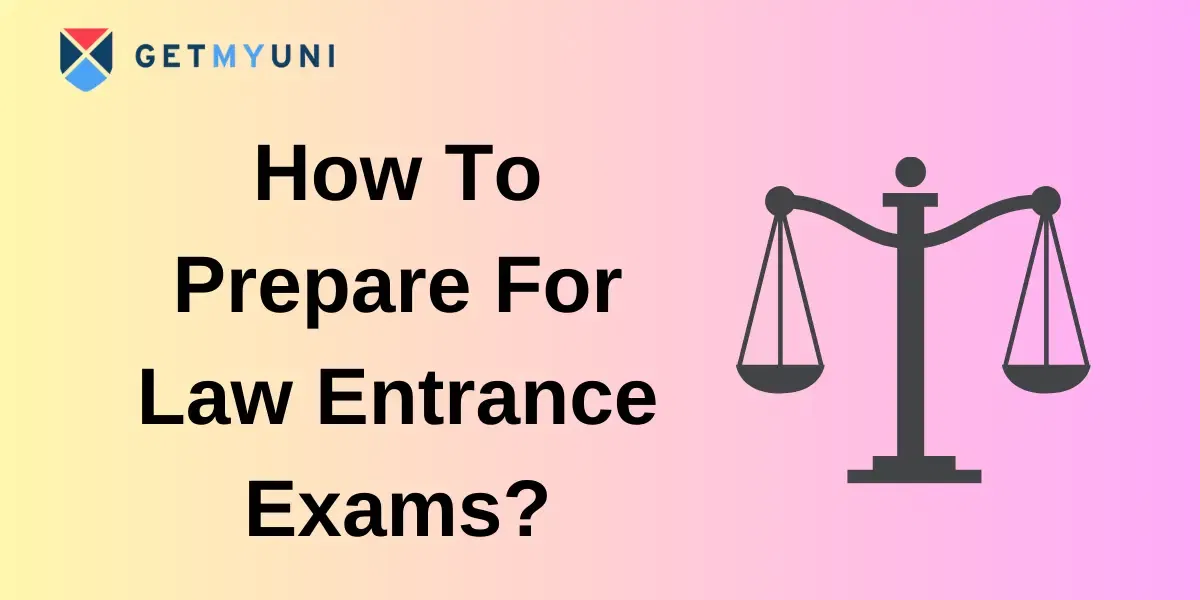






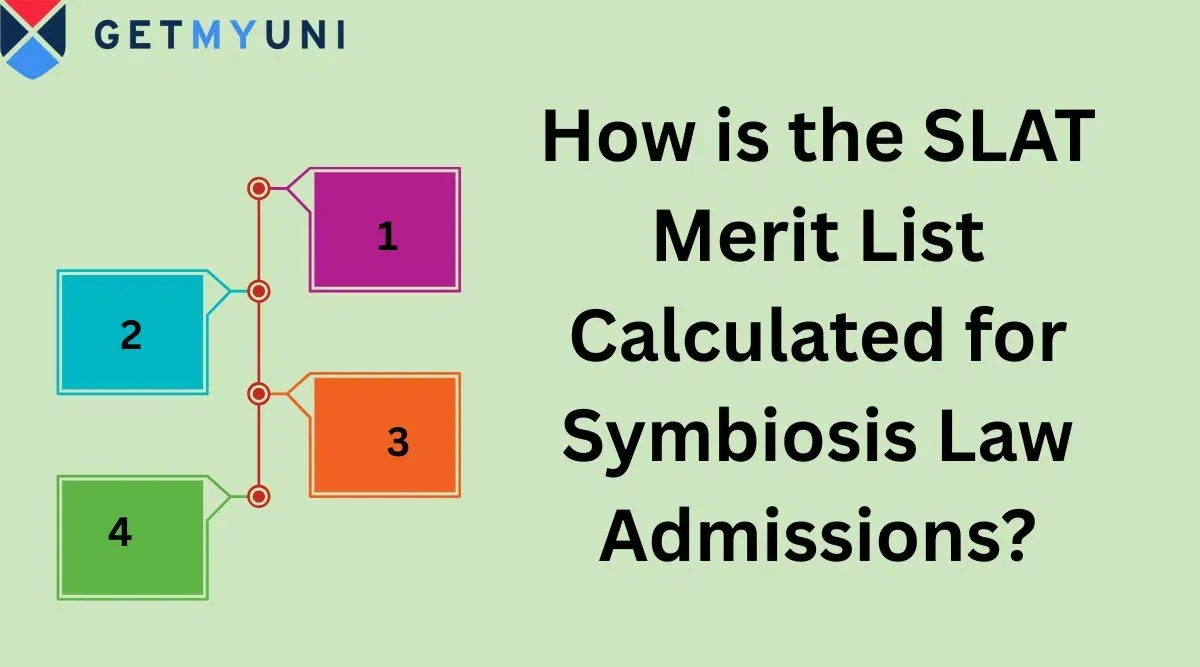
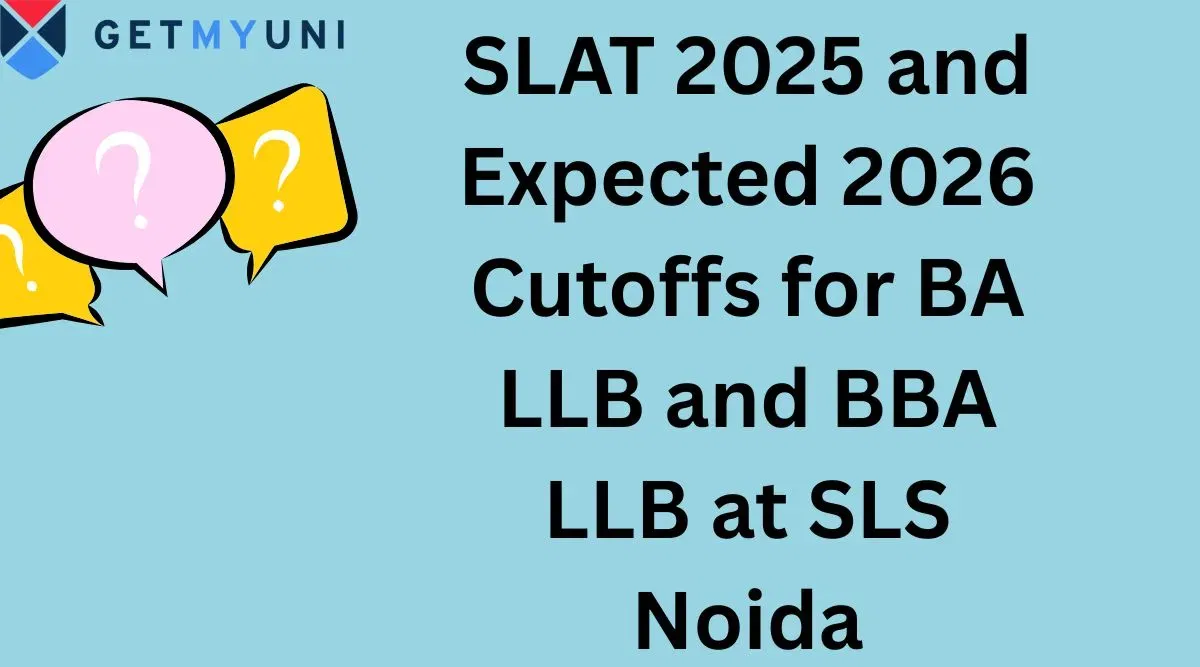
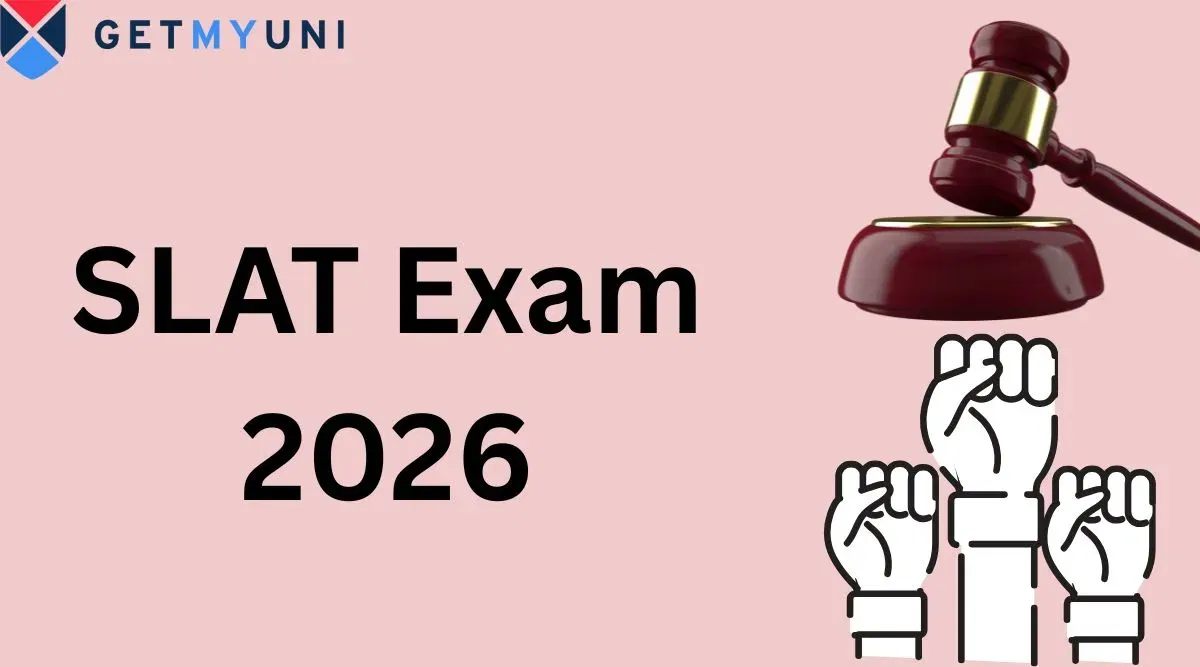
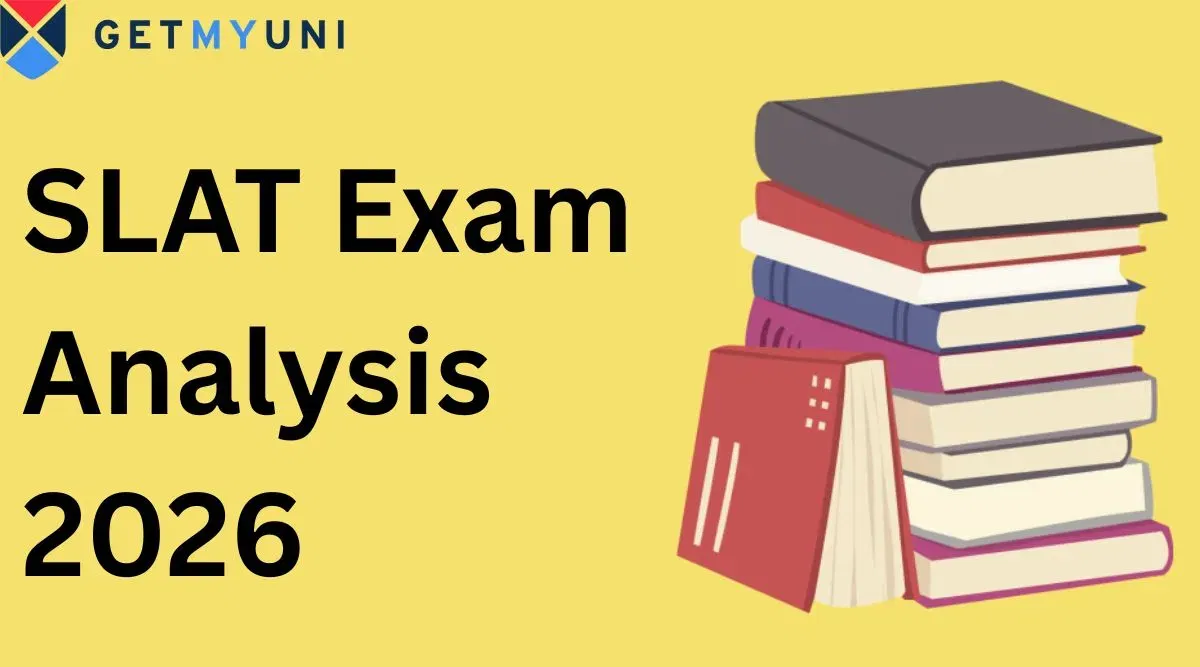


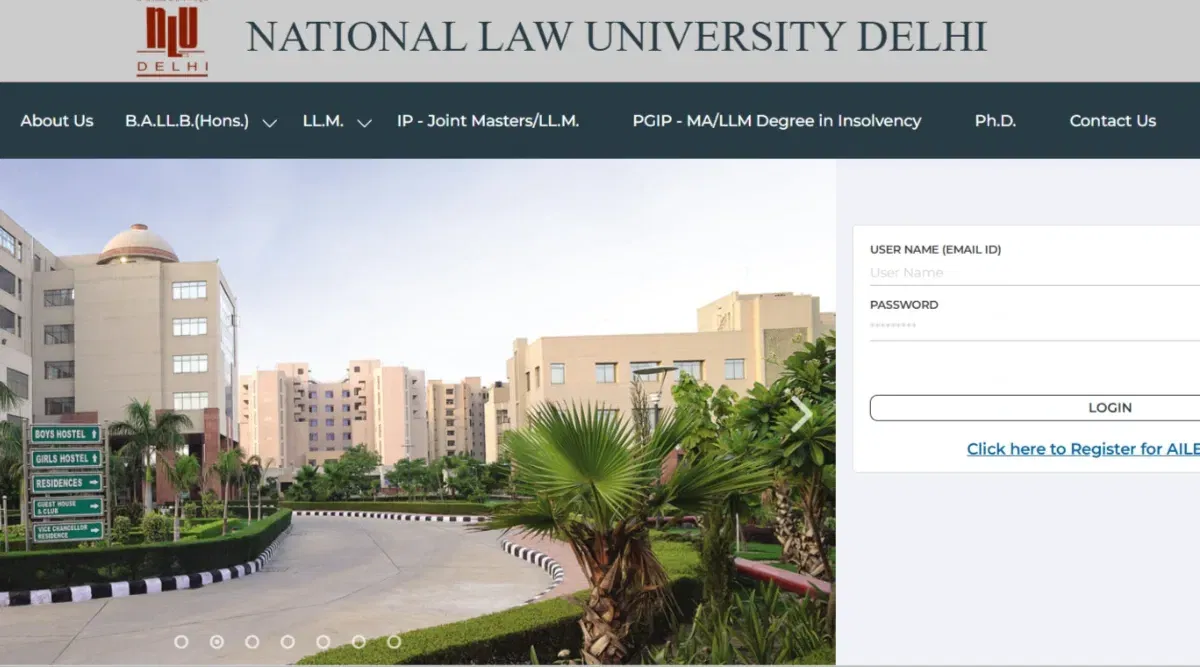




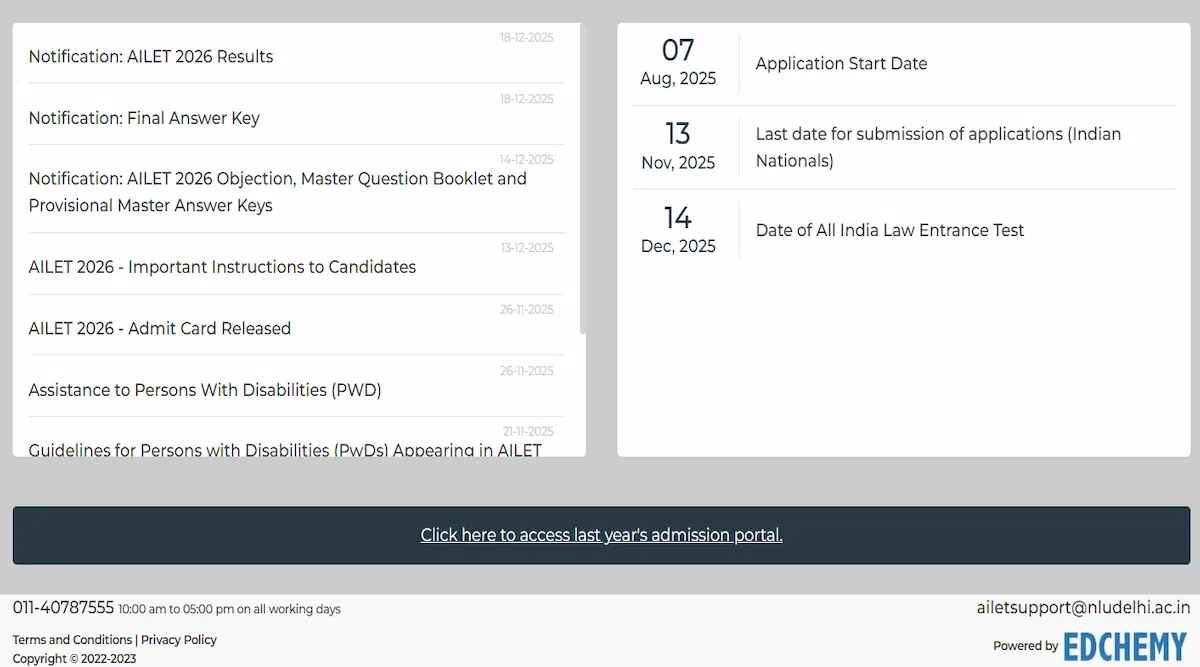

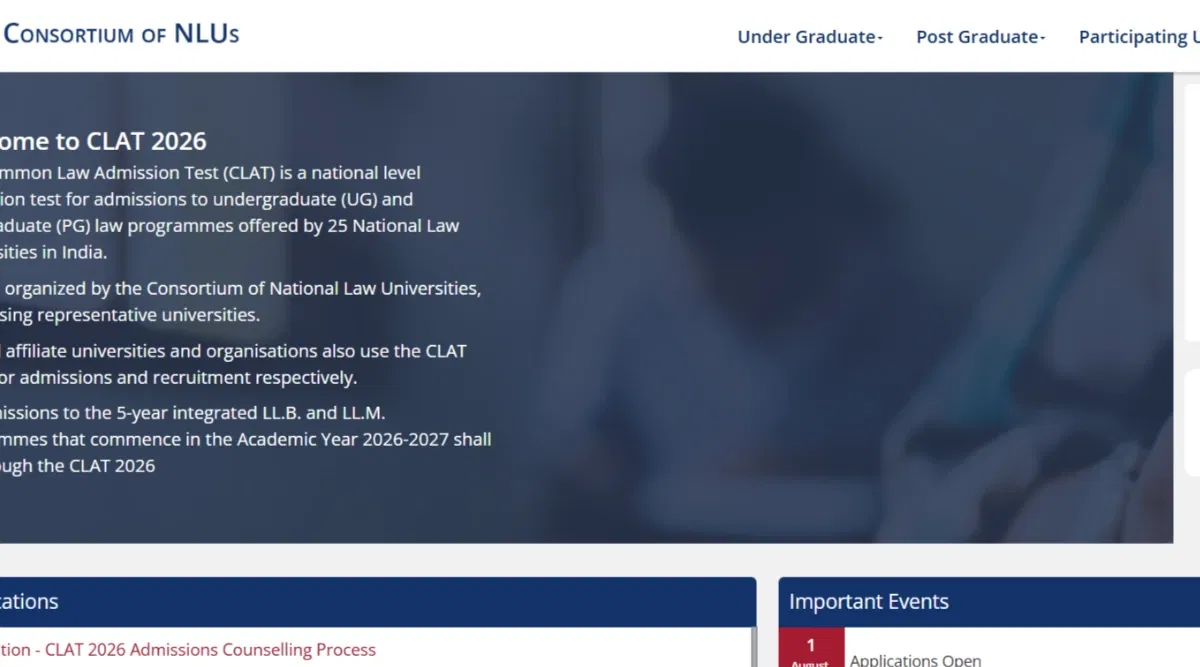

POST YOUR COMMENT